Active Birth – The Book
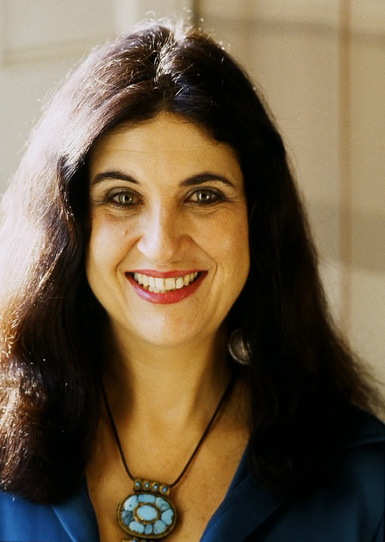
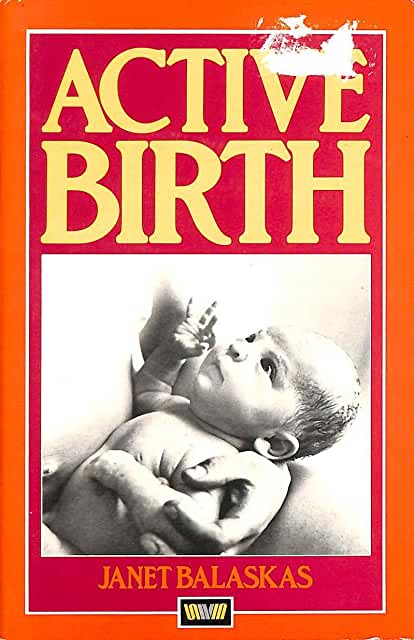
Although the story began long before, in many ways the publication of my book ‘Active Birth’ was the beginning of the outreach of Active Birth to a wider audience. The first edition was published in the UK in the early 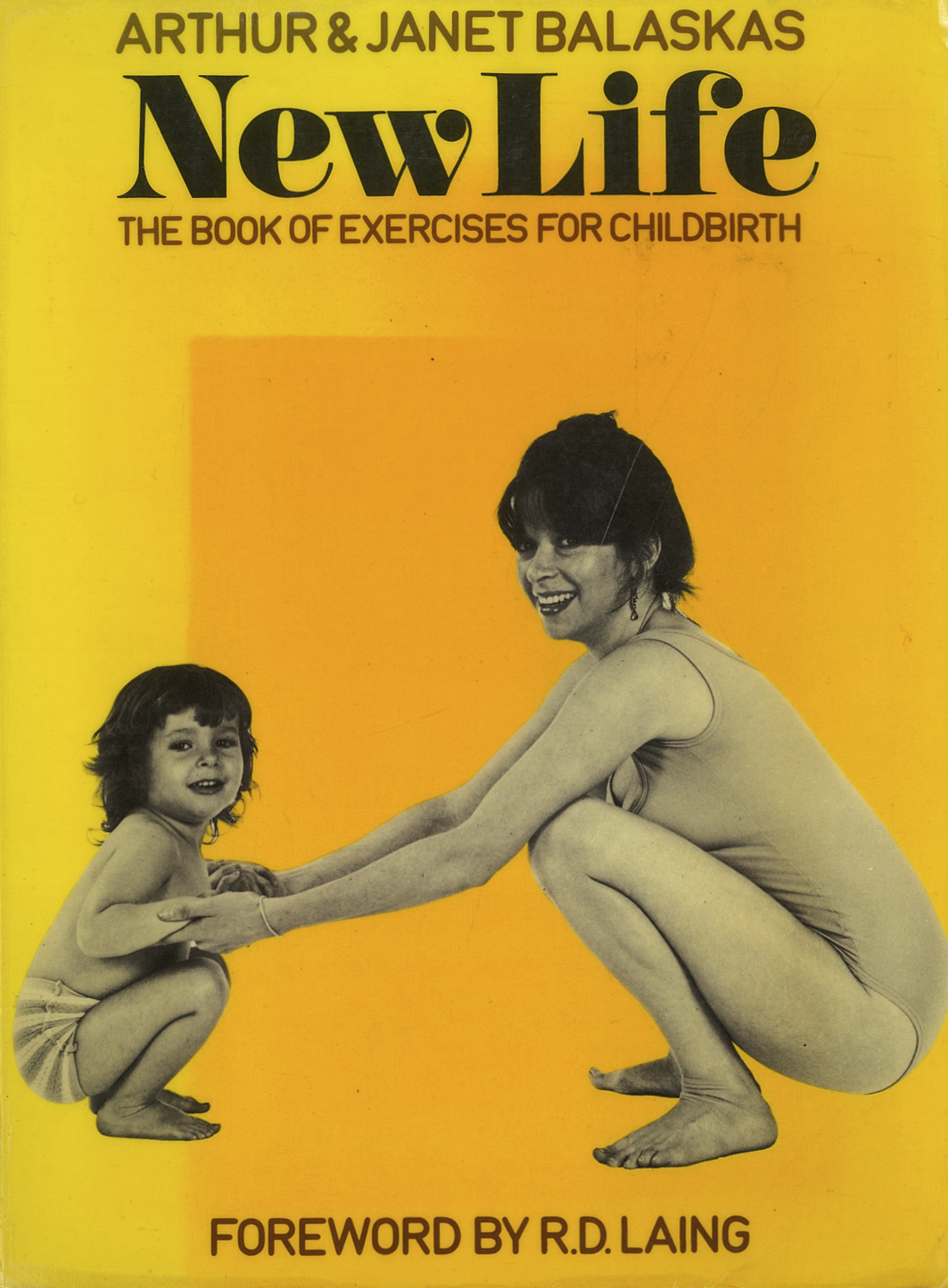 1980’s, but the origins come from before then, through what I learned when my own children were born and the publication of my first book ‘Newlife’.
1980’s, but the origins come from before then, through what I learned when my own children were born and the publication of my first book ‘Newlife’.
Over the years, thousands of women have told me that reading Active Birth changed everything for them and inspired them to take charge of their birthing experience. It has been translated into many languages and continues to sow the seeds of change all over the world. A new generation of mothers and fathers to be often arrive in my classes bearing a copy their mother gave them!
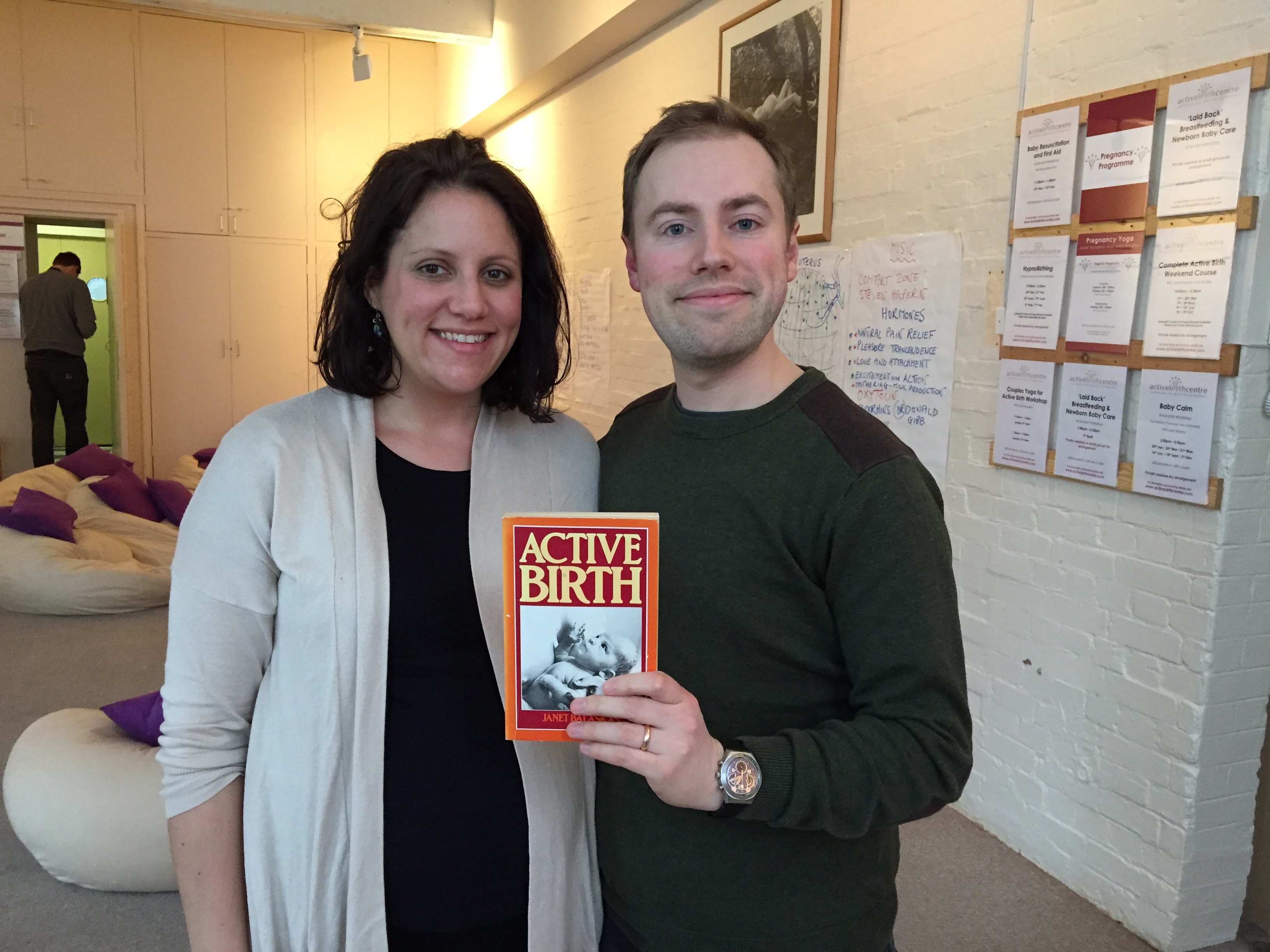
Robin Lim Midwife extraodinaire and awarded CNN Hero of the year in 1911 for her work in disaster zones comments from her famous clinic Bumi Sehat in Bali
So how did it all begin?
In the late 1970’s the maternity services in the UK were advocating an approach which was called ‘Active Management of Labour’.This was pioneered and developed in Dublin, Ireland in the 1970’s. I was living in London at this time and pregnant with my first baby. Not knowing much about birth, my initial investigations into where to give birth gave me the impression that this approach in the local hospitals seemed to be the only option
The main principles of Active Management were that no labour should last more than 12 hours from the time that the beginning of labour was ‘diagnosed’. Membranes were artificially ruptured to stimulate labour if they had not already broken. Then if dilation of the cervix (neck of the womb) was not occurring at the speed of 1cm per hour, labour was stimulated by a drip of synthetic oxytocin and along with this went continuous electronic monitoring and use of epidural anaesthesia and the potential for further interventions was increased. Birth was converted to a timetable–driven mechanical process. It was an extreme medicalisation of birth and was not adequately backed by proper research, despite having a worldwide impact. Of course the woman was lying on her back throughout, the passive recipient of the medical management of her labour.
This was not how I wanted to give birth for the first time – I somehow knew that I could do it, like millions of women all over the world have done before me. Since there were no complications, I wanted a very different approach, where the and natural instincts of birthing were not controlled, my freedom and power were not taken from me. I wanted to give birth naturally and to welcome my first child with love. I knew instinctively, what we now know through the evidence of time and research, that this was important and would be best for my baby and best for me. The only good thing about Active Management in Ireland was that the mother was not left alone and had a student midwife with her continuously. Sadly this feature was not included when the model was imported to other countries.
References:
https://patient.info/doctor/labour-active-management-and-induction
O’Driscoll, K, Meagher, D, Boylan, P, Active Management of Labour, (3rd Edition) Mosby Year Book Europe Ltd, 1993
O’Driscoll, K, et al, Prevention of prolonged labour, BMJ, 1969; 2(655): 477-80; see also O’Driscoll,
Active management of labour, BMJ, 1973; 3(872) 135-7; O’Driscol, K, et al Active management of labour: care of the fetus, BMJ, 1977; 2: 1451-3; O’Driscoll, K, et al, Active management of labour as an alternative to caesarean section for dystocia, Ob Gyn, 1984; 63(4): 485-
So I did my own research and two important things became clear:
- A woman’s body is perfectly designed for giving birth – from the shape of her pelvis, to the function of the uterus and her hormonal physiology (this I learned more about later).
- Upright postures during labour and while giving birth harness the help of gravity. They have been used cross culturally by women the world over for thousands of years. This benefits the baby, the uterus and the mother, and results in a more efficient, more comfortable and often shorter labour.
I called my approach ‘Active Birth’, restoring the power to the birthing mother herself to ‘manage’ her own labour, to have control and take ownership. This did not undermine the importance of the attendants, but implied a radically different style of minimal disturbance and no unnecessary intervention. It is a complete change of ethos and culture, whereby obstetric management is seen as back up, or is reserved for those women who need or want it. The woman in labour is free to move and to follow her instincts as to how she moves, breathes and expresses herself. Interestingly prior to this, from Victorian times, labour and birth was called a ‘confinement’ which neatly describes a birth where the woman is expected to lie on her back confined to bed.
I wrote the Active Birth Manifesto – explaining the key benefits and listing the research evidence, and wrote the book. I began teaching Active Birth and gained the co-operation of the obstetrician Yehudi Gordon – an enthusiast from the very beginning who began the first Active Births in our local hospital. Despite the good outcomes and satisfaction of the women, Active Birth was banned by the senior consultant. So to avoid confrontation in the labour room I staged a demonstration called the ‘Birthrights Rally‘. Assisted by all the major childbirth organisations to spread the word, this was attended by 5,000 – 6,000 people. We then rented the Wembley Conference Centre and organised two huge International Active Birth Conferences in London. Many midwives in the UK, likeminded colleagues in other countries and a few obstetricians, warmly embraced Active Birth and things began to change.
The Active Birth book puts forward the argument that birth is a physiological process common to all mammals, including humans. Each labour happens involuntarily and spontaneously in its own unique rhythm and starts when the baby indicates that it is ready to breathe and be born. Labour is also a highly individual personal journey– it is intensely physical and emotional, demanding all of the mother’s attention and energy and then rewarding her with ecstasy and joy as she meets her baby for the first time. It is a life-giving and empowering experience. It is not something that can be managed or controlled. But it can be easily disturbed.
The story of Active Birth is described and illustrated in more detail in the following sections. More than three decades have passed since then. Now in the UK ‘Active Birth’ is a recognised if not generic term, which signifies that the mother wants the freedom to be spontaneous in labour, to move, to choose the most comfortable positions, breathe and express herself in her own way in an environment that supports the all-important delicate balance of hormones and is minimally intrusive.
Birth Pools
When women are free to move in labour it soon becomes apparent that, given the opportunity, many are drawn towards water for relaxation and relief. Water Birth originated in Russia, and then was introduced and made popular by the work of the great pioneer and author Dr Michel Odent in his birth unit in Pithiviers France.
Michel Odent’s website at www.wombecology.com/
Seeing how helpful immersion in warm water could be in an Active Birth, and what a simple alternative it was to medical pain relief, I helped to organise another major International Conference on Water Birth at Wembley drawing pioeers and experts from all over the world. This is gave the green light for the use of birth pools in the UK which is so widespread today.
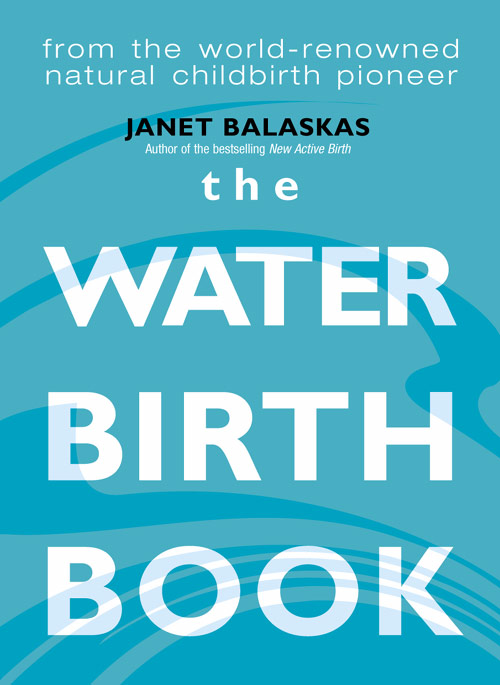 I wrote the Water Birth Book published in 2004 and participated with my then husband Keith Brainin in the design and spread of water birth pools for hire at home and installation in birth centres and hospitals. He has now continued with his company to design and build state-of -the art pools, installing them throughout the UK and further afield.
I wrote the Water Birth Book published in 2004 and participated with my then husband Keith Brainin in the design and spread of water birth pools for hire at home and installation in birth centres and hospitals. He has now continued with his company to design and build state-of -the art pools, installing them throughout the UK and further afield.
https://activebirthpools.com
The Environment for an Active Birth
‘Birth is first a hormonal process’ Michel Odent
Following the lead from other mammals, we know that there needs to be a low key, semi dark, warm room where the mother can labour without disturbance, in privacy and where she feels safe and secure. This enables her to produce the ‘cocktail of love hormones’ that regulate the birth process. At the high levels that result from an undisturbed environment, they can transform pain to ecstasy.
We have learnt over the years that a home birth or a midwifery led birthing centre can provide such an environment.
Pioneers in this field were doctors Michel Odent with his primitive birthing room in Pithiviers outside Paris and Yehudi Gordon at the Garden Hospital and the Hospital of St John and Elizabeth where he ran two pioneering birth units. These were the models for the birthing centres we have today. This is a popular choice for those women who feel safest when obstetric care is nearby.
Most hospitals can provide this and most now also have a water birth facility. There are also some freestanding birth centres. For those women who prefer to give birth in their own home, there is a state midwifery provision in the UK and options of private care in hospitals as well as home birth with independent midwives. There is still enormous scope and need to bring the benefits of Active Birth into standard obstetric care.
However if you look at any of our NHS birthing centres and you will see that they are custom designed for Active Birth, and run by midwives keen to support natural birth. This did not exist in the 1980’s. Women now have genuine choice. This is largely thanks to the women who asked for the freedom to be active in labour.
For me this is a dream come true in some ways, and while it is by no means perfect or uniform throughout the UK, the improvement in 37 years is encouraging.
However this encouraging trend did not happen by magic. This change involved the concerted effort over 3 decades of many different people, obstetricians, midwives, birth activists and groups in the UK, not least Active Birth teachers who trained with us to offer a workshop explaining what an active birth is, the benefits, and offering practical guidance to parents. To this day our training course runs annually in London and in other countries and is attended by participants from all over the UK and many other countries.
Visit Professional Training www.activebirthcentre.com
Women requesting facilities for an active birth are the heroines of the story – they have been the biggest part of these changes. Their shining ecstatic faces as they cradle their newborn skin-to-skin after the birth say it all!
This is a time when birth professionals need to understand the intricate physiology of birth and how not to disturb it. The aim is to avoid or minimise intervention and to provide an environment which is truly appropriate for birth. One that reduces anxiety and fear, feels safe and private and enables the freedom of the birthing mother. More like a bedroom than an operating theatre!
Janet Balaskas
London 2020


